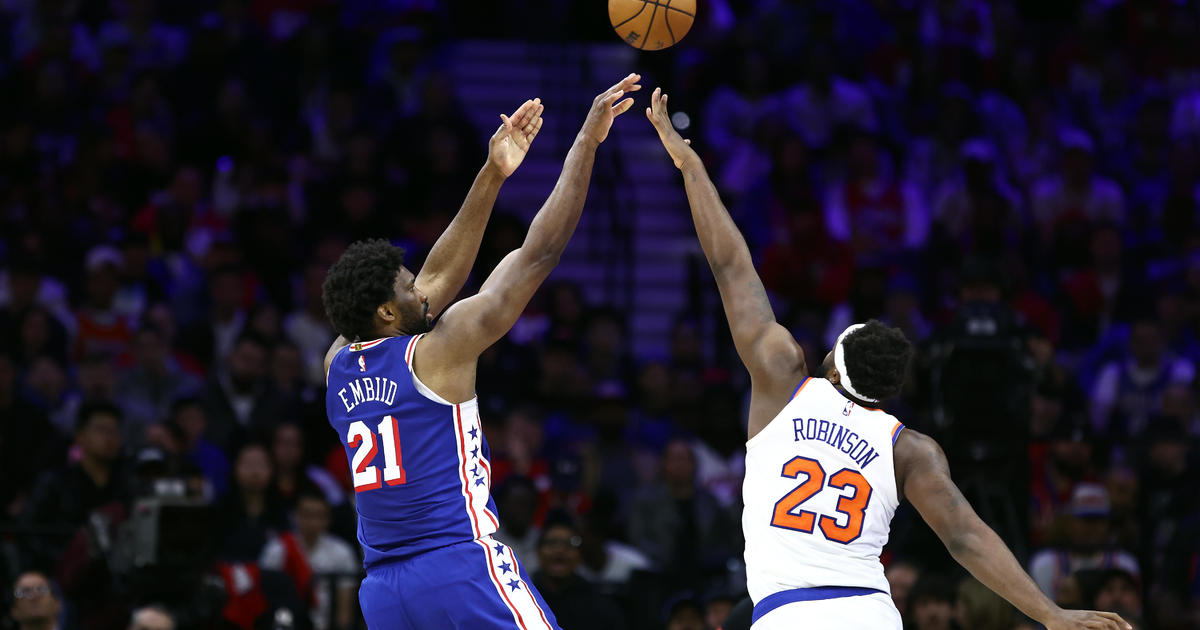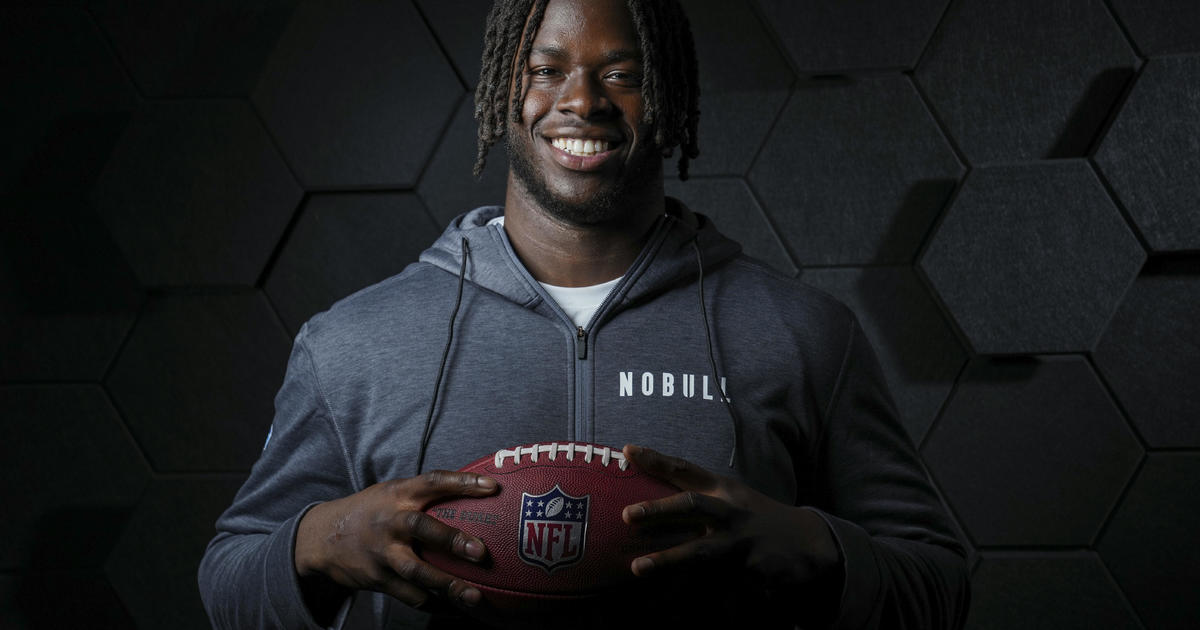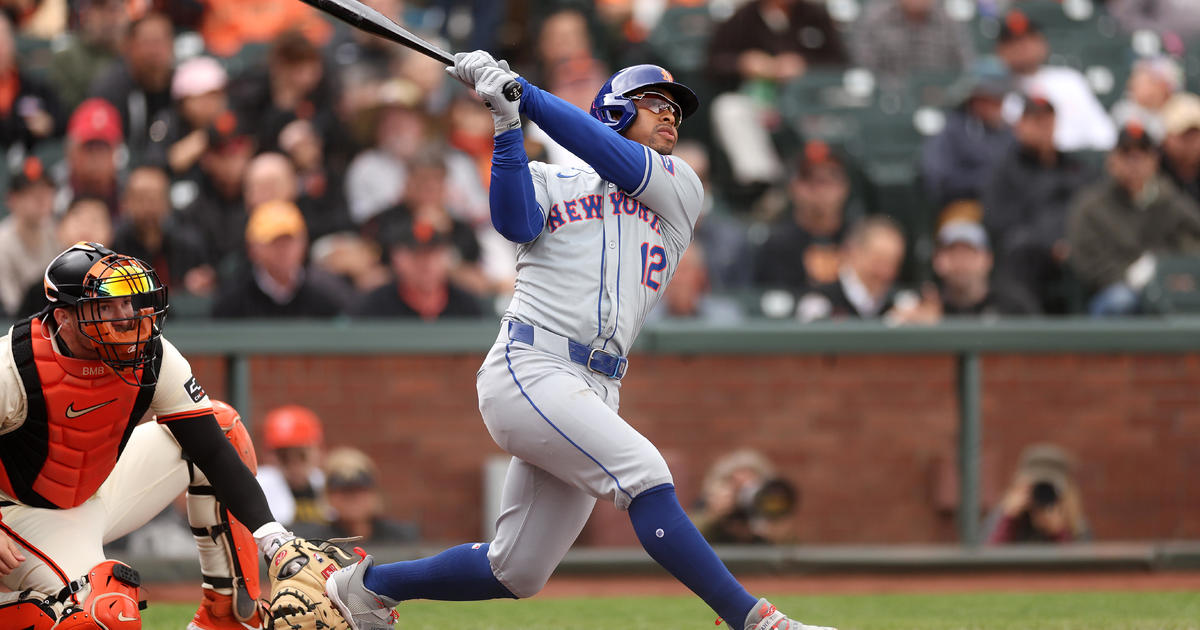Sims: Victor Cruz's Career Is In Jeopardy After Tearing Patellar Tendon
By Abby Sims
» More Columns
Giants wide receiver Victor Cruz knew he suffered a significant injury even before he landed from a leaping attempt to catch a fourth-and-six pass against the Eagles on Sunday night. The diagnosis, a ruptured patellar tendon, more than ends Cruz's season.
It puts his career in jeopardy.
The patellar tendon is a part of the extensor mechanism of the knee, connecting the patella -- or kneecap -- to the tibia of the lower leg. Since tendons connect muscle to bone, enabling them to function, and ligaments provide joint stability by connecting one bone to another, the patellar tendon is actually a ligament. However, this vital structure is referred to as a tendon because rather than serve primarily for stability, its function is to enable the quadriceps muscle to extend the knee.
The extensor mechanism of the knee includes the quadriceps muscle, the quadriceps tendon (which attaches the muscle to the patella), the patellar tendon, the tibial tubercle (which is where the patellar tendon attaches to the tibia) and various ligaments that provide soft tissue restraints to the patella while it rides up and down during knee motion.
Because all the structures of the extensor mechanism are so superficial, they can be easily injured, though complete ruptures occur infrequently. The quadriceps tendon and patellar tendon are most vulnerable to rupture, which can be partial or complete. Rupture of the patellar tendon occurs more frequently amongst those under 40, while quad tendon ruptures occur more typically in the over-40 set. Young athletes generally do not suffer from complete ruptures, though chronic steroid use and diabetes are thought to be predisposing factors.
Another patellar tendon injury more common in the under-40 group is an avulsion of the tendon, which means part of the bone is pulled away along with the tendon, either at its attachment to the inferior pole of the patella itself (the more common avulsion), or at tibial tubercle. Interestingly, patellar tendon avulsions occur more frequently amongst those of African descent.
The most common cause of patellar tendon ruptures is when resisted knee flexion is accompanied by a violent quadriceps contraction, typically when landing from a jump.
A completely ruptured patellar tendon will not heal sufficiently to provide adequate function without surgical intervention. Surgery is generally performed after a four-to-seven day period following the acute injury during which the inflammation is brought under control. The success rate is improved if the procedure is not delayed further, as the tissue will have little time to retract. The torn tendon is repaired and then sutured through bone tunnels in either the patella or tibial tubercle.
Post-operative rehab for a patellar tendon repair is a lengthy process. Of paramount importance is controlling inflammation, restoring soft tissue and patellar mobility, knee range of motion and strength and power of the muscles that cross the hip and kneee. Return to full weight-bearing and routine daily activities can take three months, and sports-specific activities are generally initiated at four-to-six months. It takes longer to return to full participation.
Even after a successful patellar tendon repair and when full knee flexion is obtained, the strength and explosiveness of the quadriceps may not be fully restored. This is but one facet of Cruz's game, though one that has set him apart. He has a lot of work ahead of him, and hopefully he will prevail.
Follow Abby Sims on Twitter @abcsims.
You May Also Be Interested In These Stories



